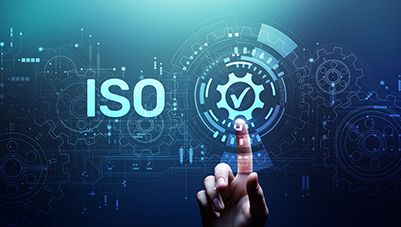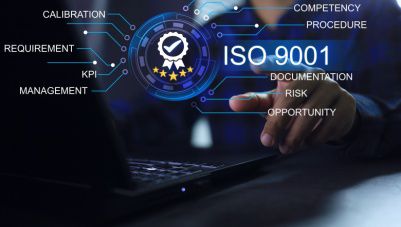ISO 13485 is an international standard that specifies requirements for a quality management system (QMS) tailored to the medical device industry. It ensures organisations consistently design, develop, produce, install, and service medical devices and related services to meet regulatory and customer requirements. Check your business loan eligibility if you’re planning to invest in compliance infrastructure to meet ISO 13485 requirements.
Key aspects include:
- Dedicated QMS designed specifically for medical devices
- Emphasis on consistent product quality and regulatory compliance from design through post-market stages
- Integration of risk-based processes and documentation throughout the product lifecycle
What is the purpose of ISO 13485?
ISO 13485 was created to establish a consistent, regulatory-compliant QMS for medical devices. Its core goals are:
- Ensuring adherence to legal and regulatory requirements for medical devices
- Guaranteeing patient safety and device effectiveness through risk management
- Maintaining product quality across every lifecycle stage
- Building customer and stakeholder confidence in quality and compliance
- Enhancing supplier oversight and overall quality documentation
Why is ISO 13485 important?
ISO 13485 is crucial because it:
- Aligns organisations with global regulatory standards, including FDA and EU requirements
- Improves product quality and patient safety by enforcing robust controls
- Increases customer trust and satisfaction by consistently delivering high-quality products
- Boosts operational efficiency through process optimisation and reduced errors
- Opens up global market access and enhances brand reputation
Advantages of ISO 13485
Implementing ISO 13485 offers numerous benefits:
- Strengthens regulatory compliance (FDA, MDR)
- Ensures consistent product quality and minimises defects
- Streamlines processes leading to efficiency and cost savings
- Enhances brand reputation and builds trust in the market
- Reduces the risk of costly recalls
- Encourages a culture of continuous improvement and data-driven decision-making
How to get ISO 13485 certified?
The certification process typically involves:
- Gap analysis of existing QMS against ISO 13485 requirements
- Implementation or adjustment of QMS procedures, including risk management, traceability, documentation, and internal audits
- Conducting internal audits and management reviews
- Undergoing an external audit by an accredited certification body to confirm compliance
- Addressing non-conformities, then receiving the ISO 13485 certificate
- Maintaining certification through regular surveillance audits
Check your pre-approved business loan offer to fund costs related to certification, training, and audits efficiently.
Who is ISO 13485 applicable to?
This standard is applicable to organisations involved in:
- Design, development, production, installation, and servicing of medical devices
- Medical device manufacturers, their suppliers, service providers, and contract manufacturers
- Companies needing compliance with regulatory regimes across regions including EU, US, Canada, Japan, and Australia
Conclusion
ISO 13485 is a comprehensive quality system standard designed specifically for the medical device sector. It enhances regulatory compliance, ensures product quality, improves operational efficiency, and provides global recognition—making it essential for any organisation involved in manufacturing, supplying, or servicing medical devices. For businesses looking to scale operations or invest in compliance infrastructure, exploring a business loan can support your certification journey.










